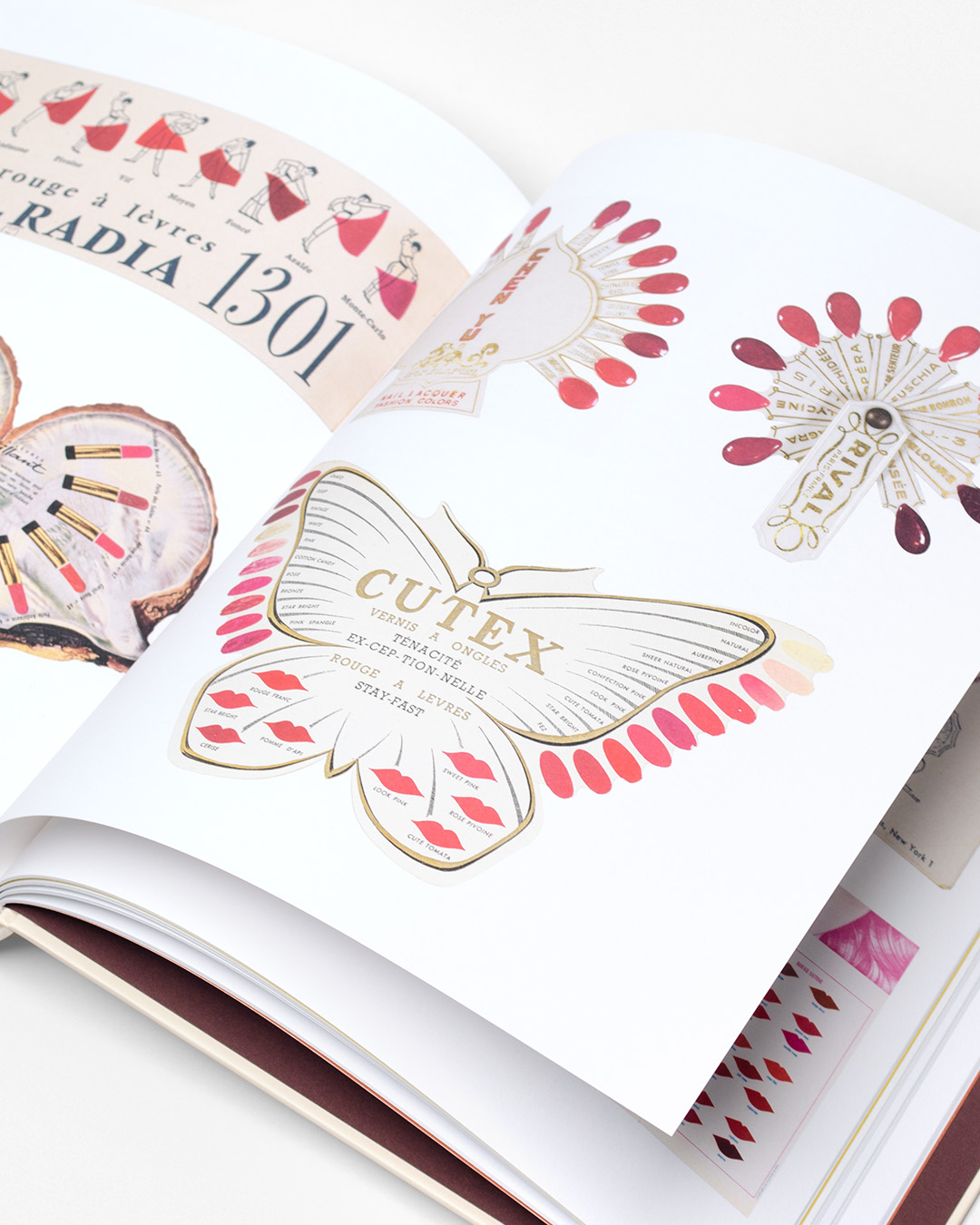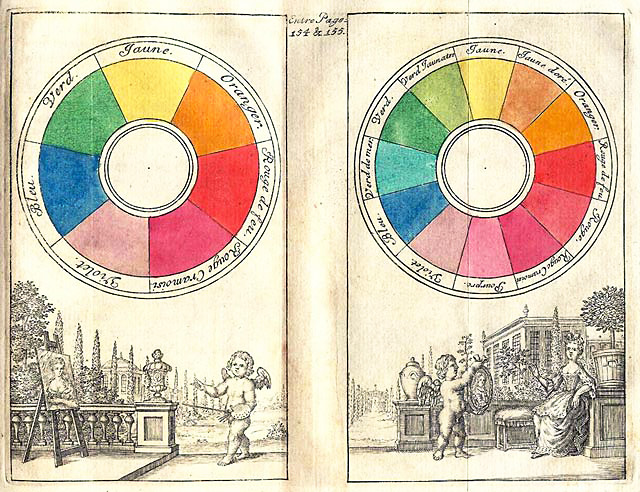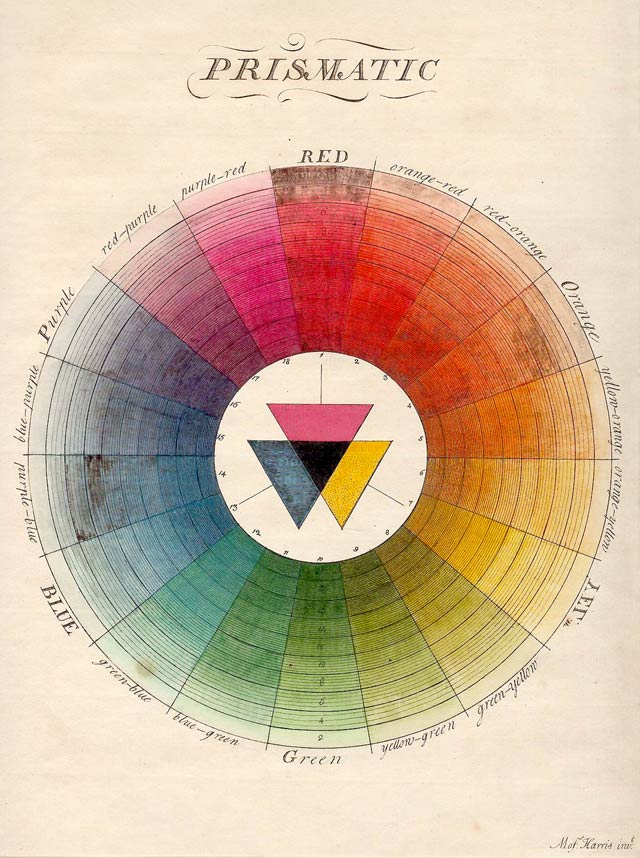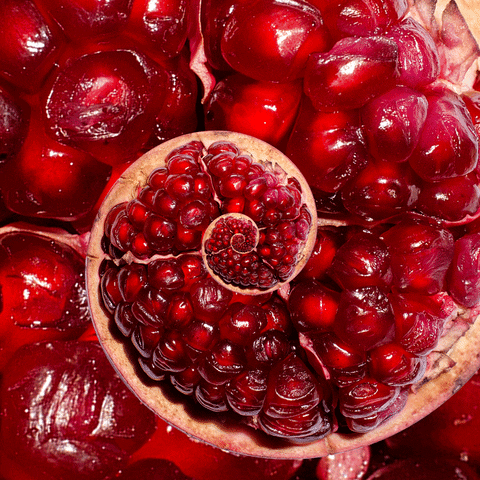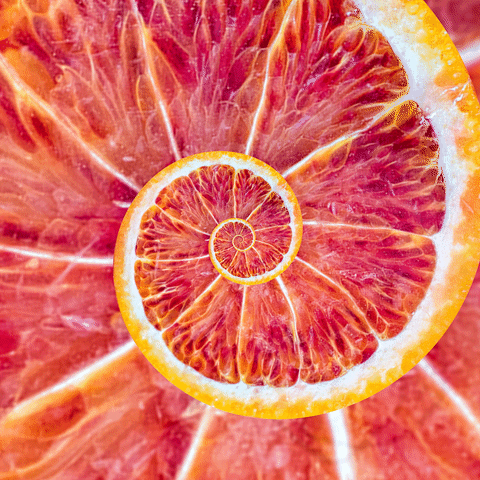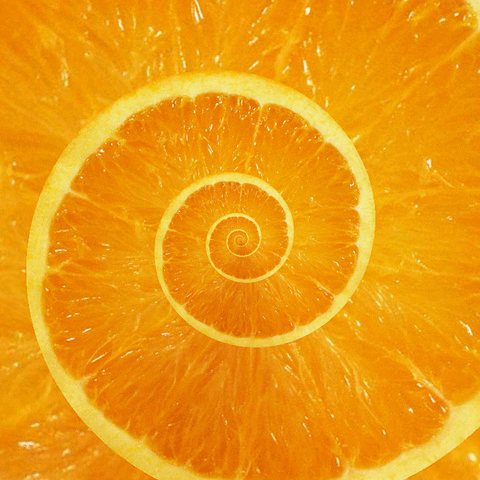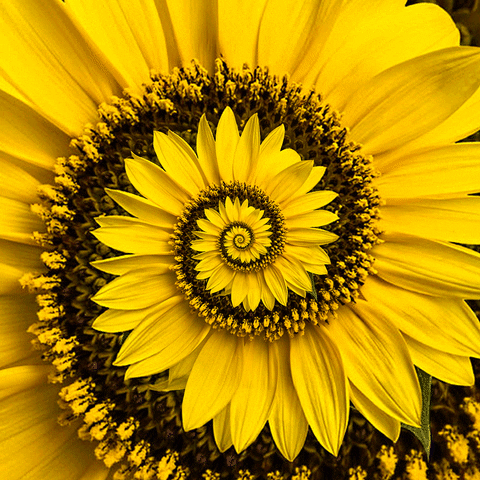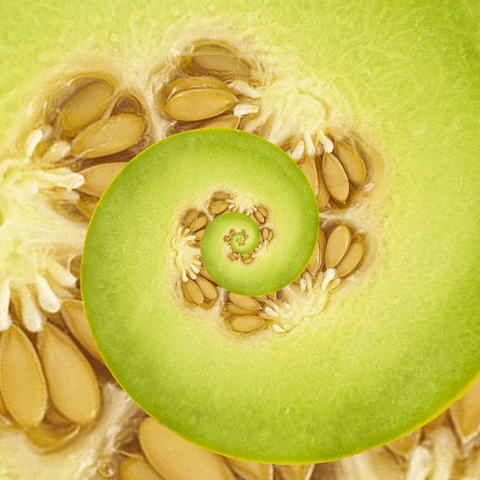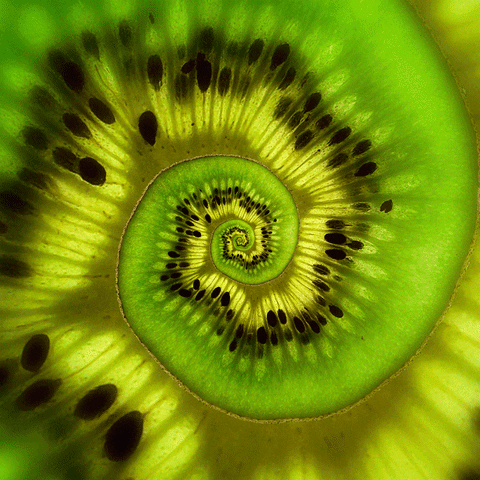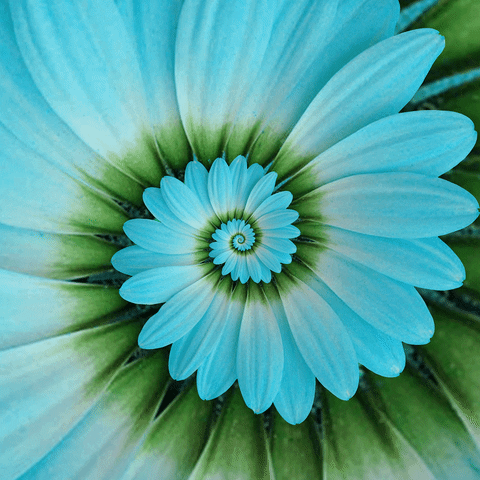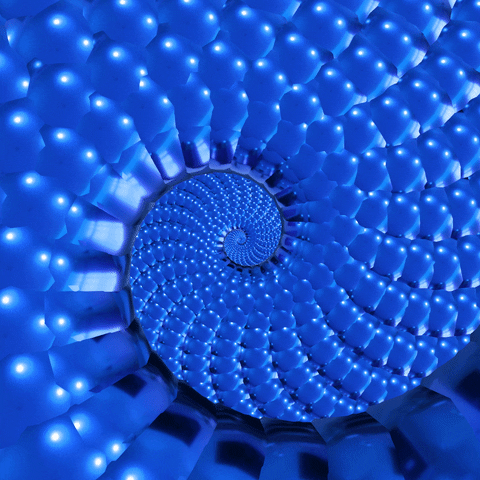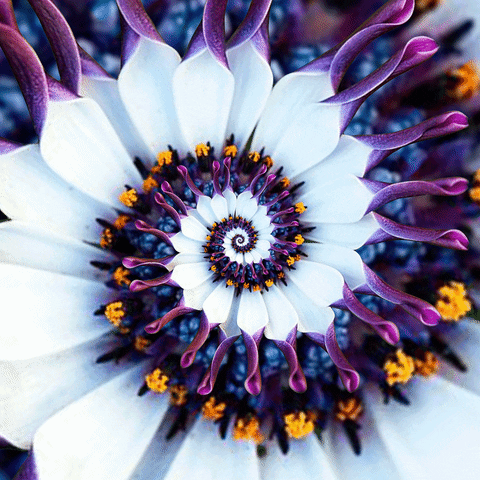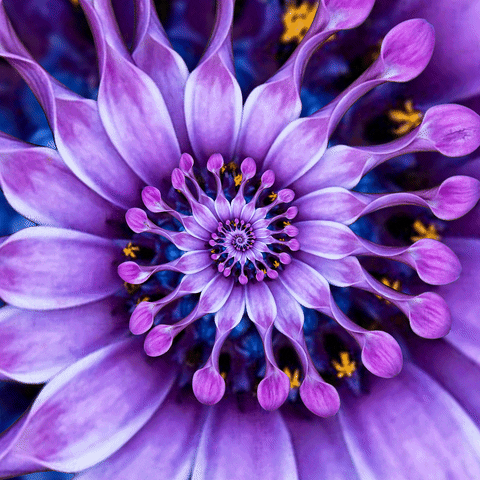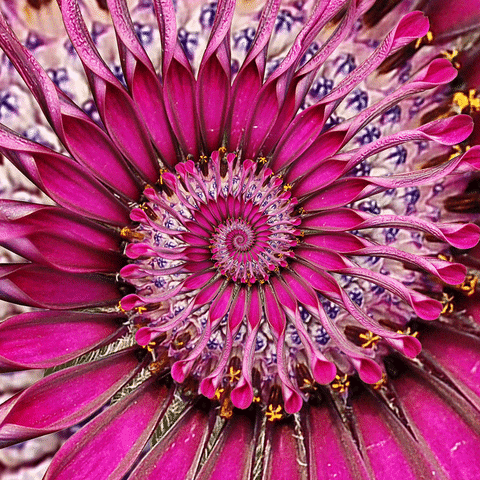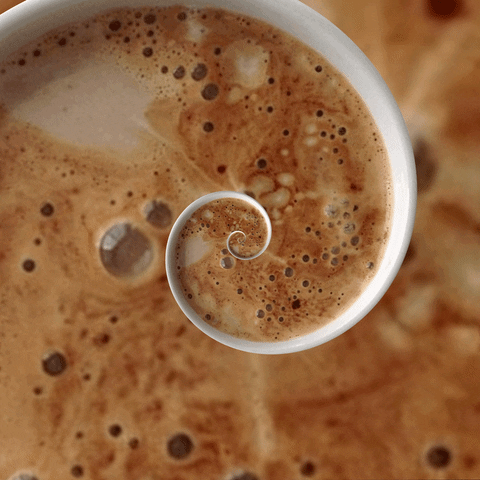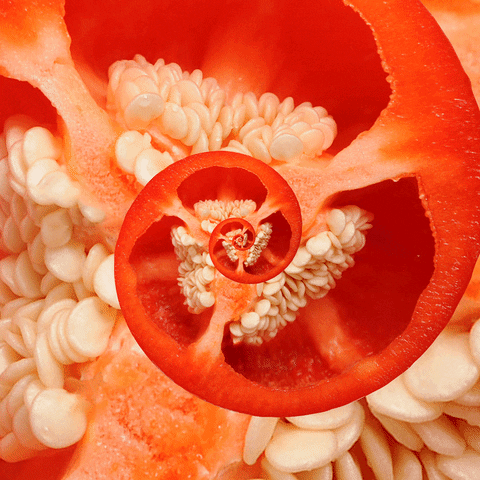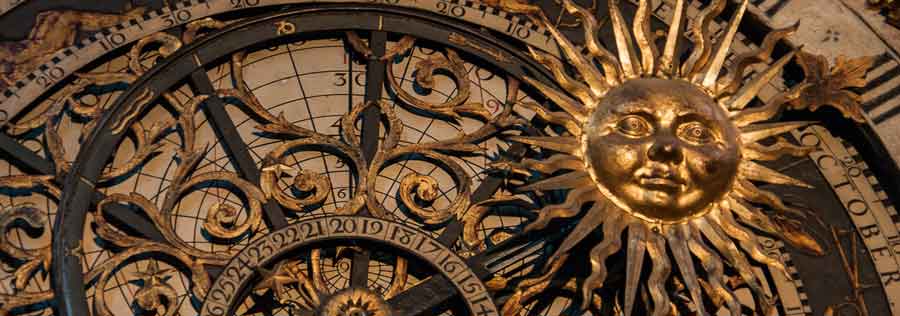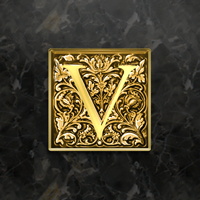Johann Wolfgang von Goethe
Colour are light’s suffering and joy.
—Johann Wolfgang von Goethe
Book:
Farben-Kugel [Theory of Colors]
Tübingen: J.G. Cotta'schen Buchhandlung, 1810
Goethe challenged Newton’s views on color,
arguing that color was not simply a scientific measurement,
but a subjective experience perceived differently by each viewer...
—
Smithsonian Libraries and Archives, Natural History
Johann Wolfgang von Goethe
(August 28, 1749 — March 22, 1832)
German poet, playwright, novelist, scientist, statesman, theatre director, critic, and amateur artist,
considered the greatest German literary figure of the modern era...
— Encyclopedia Britannica
Encyclopedia Britannica
Next is mixing art and science to see the boundaries between light and darkness
showing a hidden set of colors.
![]() Encyclopedia Britannica
Encyclopedia Britannica
